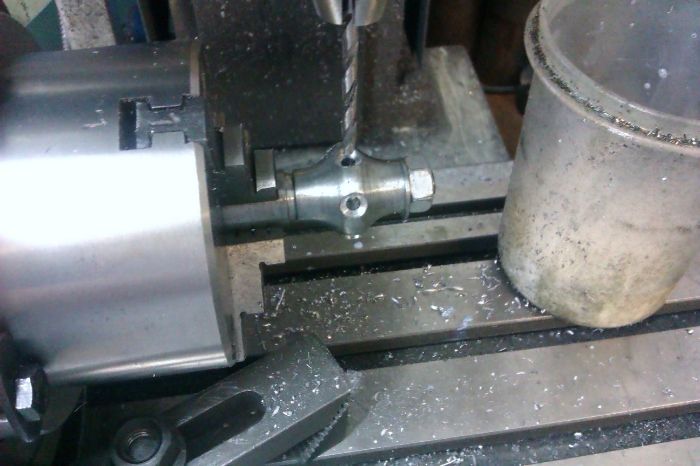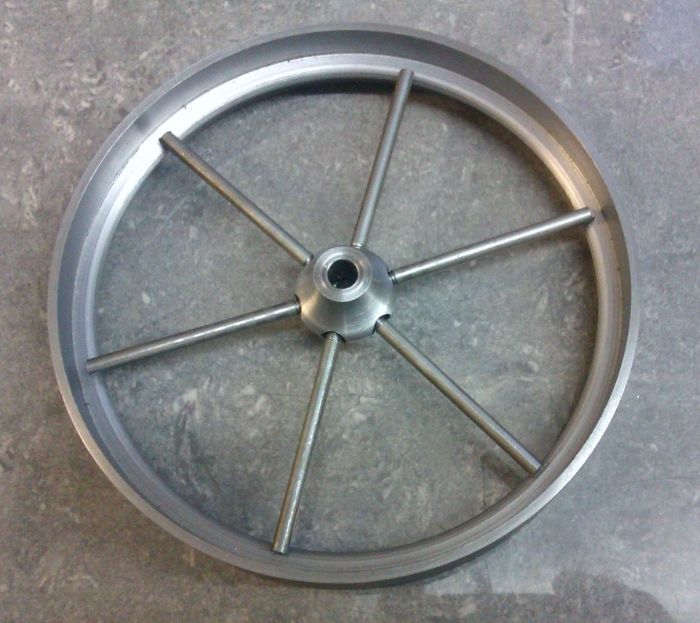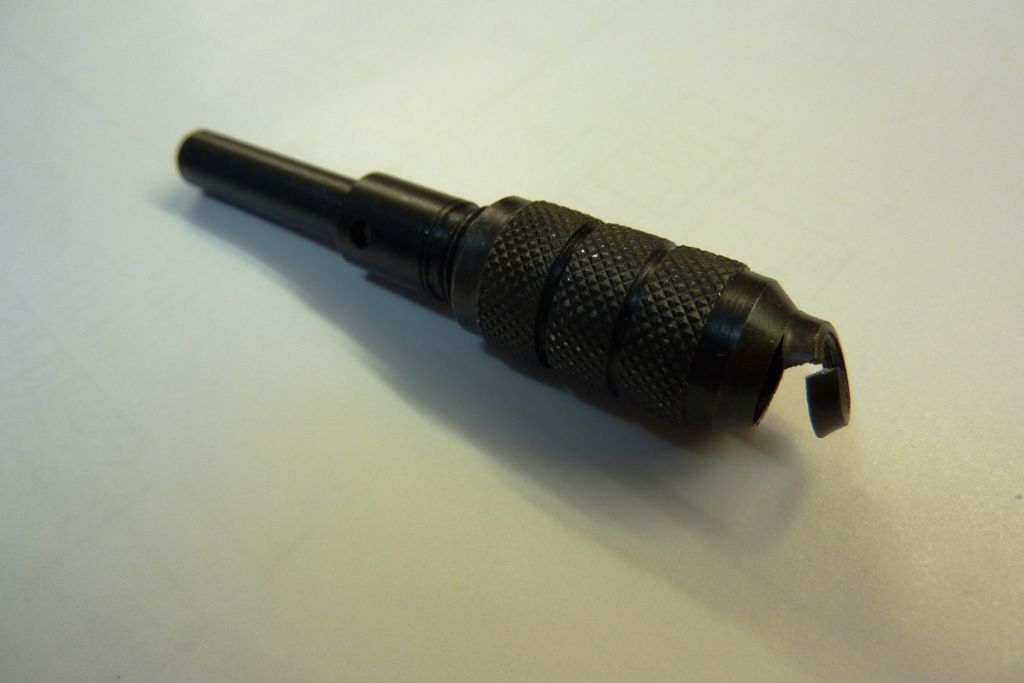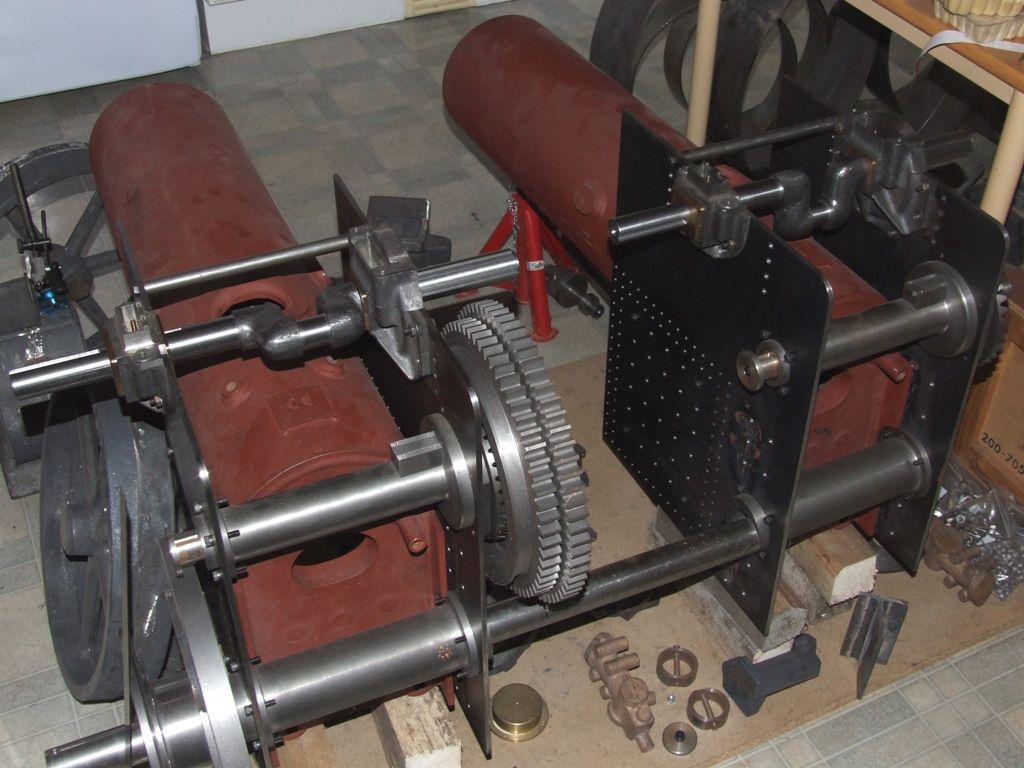Paul,
I used a little CF in aircraft interiors a few years ago (mostly used phenolic/glass). We didn't get it hot. The unidirectional layup at 70% by volume CF had a tensile strength of 1500 N/mm^2, compressive strength of around 600 N/mm^2. To give all round strength & damage tolerance a cloth was best, sections of crossed UD plies could come disbonded and the structure fell apart, strength for the cloth was around 500N/mm^2 (using B values, 95% confidence that 99% of samples were stronger than this). To get all round stiffness for light weight don't use a solid laminate, use a foam core or honeycomb core, a damage side ply of 0.015", and a reverse ply of 0.007", core 0.25" thick, 4 or 5 lb/cubic foot density. It's possible the damage side ply needs to be thicker for wave impact. That laminate weight with this layup should be around 0.11 lb/ft^2, with equivalent strength to 8mm ply.
When using it in an interior we used phenolic resin & found the weight was around double the minimum to give damage tolerance, but it was 20% lighter than glass fibre even though much more expensive. The relative cost of carbon has come down since then (mid 1990's).
When you use a foam/honeycomb laminate, attaching things gets interesting as the facing is too weak. You need to pot in inserts with epoxy to bond both skins together & get a connection to the shear carrying strength of the core. These can be aluminium cotton reels, tufnol blocks or plywood if thick enough. For joining panels such as bulkheads to hull, epoxy bonded mortise & tennons through the inboard skin are good, backed up with laminate angles 0.015" thick to bond the facings together.
Epoxy adhesive is not great at temperature. I got involved with insert strength testing at temperature. If 30C was relative strength of 1, then at 70C the tensile strength perpendicular to a panel on an insert was 0.57, and in shear (parallel to the panel) it was 0.25. Above 80C the strength was so variable we couldn't get an allowable strength at all. Dunking the hull under water may be needed after every run to prevent the strength being reduced too much.
How good are you at vacuum bag laminating? I suspect you'll get very good very quickly if you follow this route.
Regards,
Richard.
Muzzer.




















